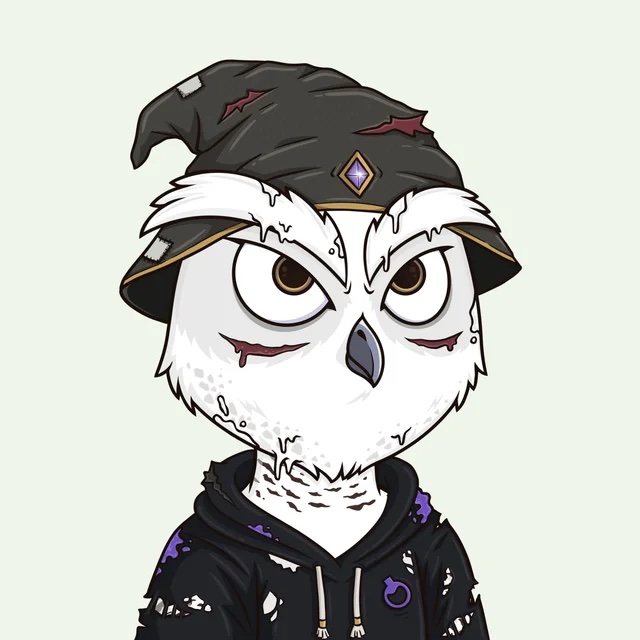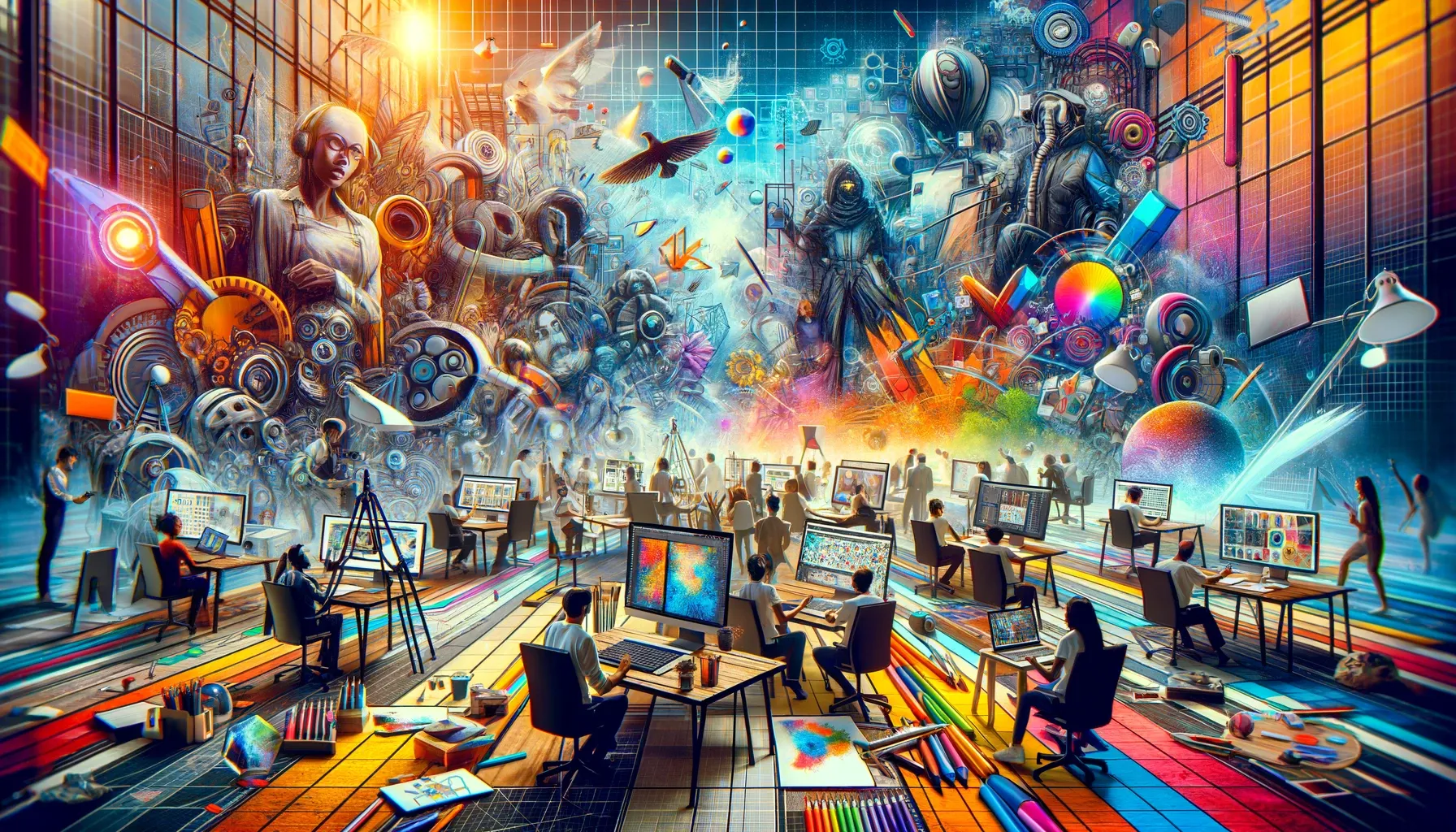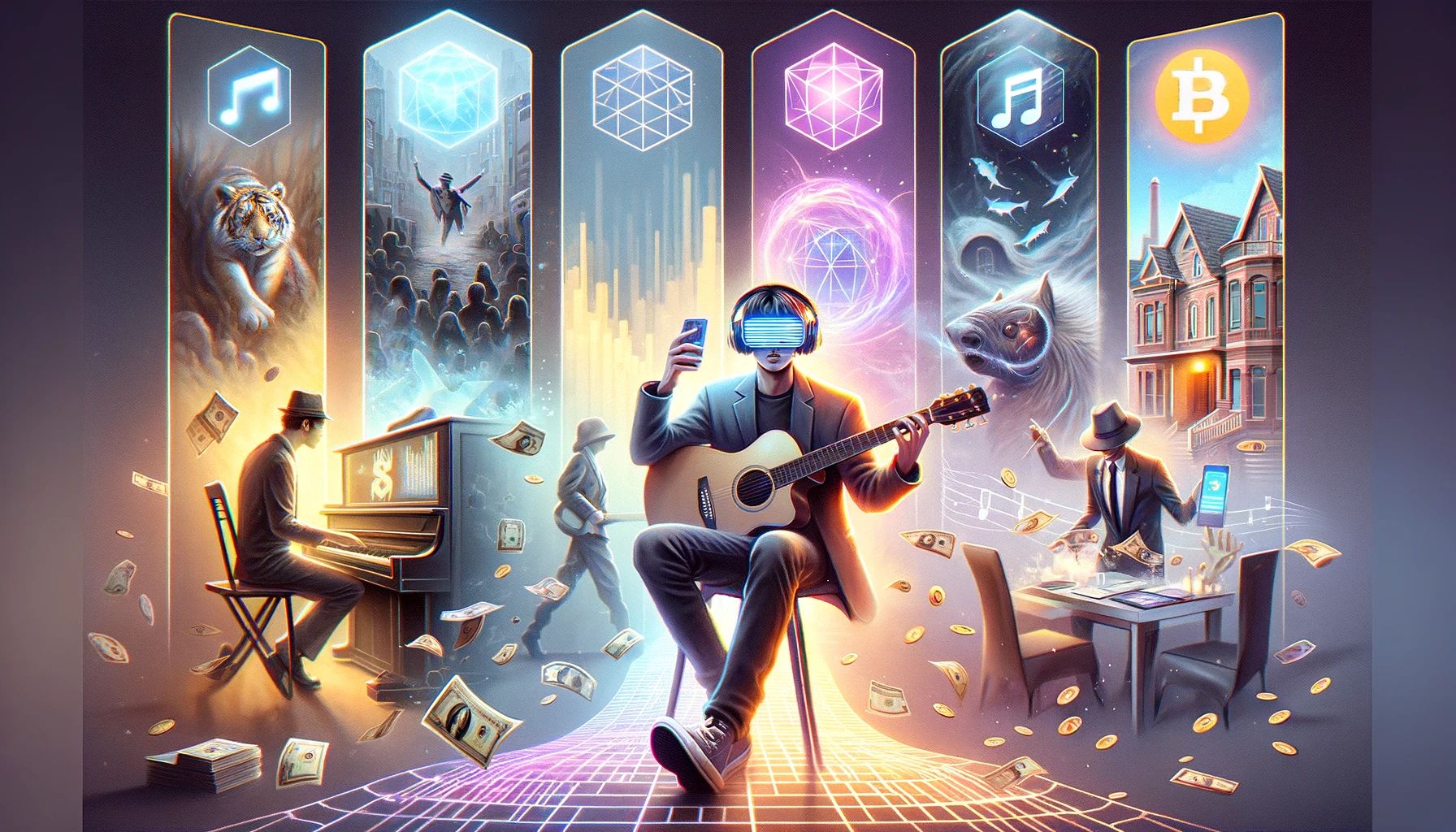Breaking Down Damien Hirst's The Currency - An NFT Project Connected to Physical Art
September 2, 2021 - 8 min read
This article breaks down Damien Hirst's first NFT Project, The Currency. It's a collection of 10,000 physical artworks put on the block chain. After one year, holders of the work get to decide which one they want to keep. The other is destroyed forever.

Introduction
With all of the new NFT projects launching as of late and the endless scrolling of hype on Twitter, it can be difficult to find projects that are different and have a better chance at standing the test of time. As I come across projects that intrigue me, I feel compelled to write about them to help you get exposure to different projects.
This is especially important right now because as of this writing (September 1st, 11 pm EST), we’re seeing a general pullback in the NFT market. As I’ve written about before, this isn’t surprising. People are panic selling — even with CryptoPunks.
This is why it’s important to never spend money you can’t afford to lose. I do not own any assets in The Currency, and just because I like it, doesn’t mean you need to. It’s helpful to read about a variety of projects to help develop your personal “lense” for investable NFTs.
No one knows what the future holds, but my prediction is that the money in NFTs will consolidate to quality assets and we’ll see those generate the most returns in the long run.
Below is a breakdown of a project I think meets the “quality” test and why.
Contemporary Art Meets NFTs with Damien Hirst’s The Currency

Source: Opensea.io
The Currency NFT project aims to connect contemporary physical art with a digital NFT holding. Each NFT in the project is tied to a handpainted piece of artwork by Damien Hirst (stored in a vault in the United Kingdom).
The catch?
After one year, you can only keep one. The other is destroyed forever.
The artwork contained in the NFT is innocuous at first glance:

Source: Opensea.io
It’s a bunch of colorful dots on a sheet of paper. But as you dig deeper into the work of the artist, it becomes apparent just how significant it is.
It’s a derivative of Hirst’s more “widely recognised works” — spot paintings:

Source: Damienhirst.com
Dating back to 1986, there have been 1,400 spot paintings created by hand and hold a place in history for contemporary art. Some of these paintings have been displayed at 11 Gagosian art galleries (global contemporary art galleries) across 8 cities on 3 continents.
The dots featured in these paintings are identical in size and positioned in a grid format. Each dot is meant to sport a unique color, seldom using black as the designated color.
Effectively, Hirst created a simple and precise systematic guideline that produces enjoyable works of art.
His invention of this system worked so well that he’s only painted 25 of them himself, as he used assistants to help paint the rest. However, this fact has also caused some controversy surrounding the artist for not doing his own work.
Despite this controversy, his other artwork has sold for eye-popping sums of money with at least 10 sales over the million-dollar mark, and a record sale of $19.2 million for his “Lullaby Spring” artwork sold by Sothebys.
Some of his Spot paintings are currently for sale on Heritage Auctions ranging from tens of thousands of dollars to hundreds of thousands of dollars.
By leveraging the NFT ecosystem, Hirst is exploring art as currency. You can buy, sell, trade, and choose between the NFT or physical version, effectively making these paintings a currency through art.
Each piece of this artwork has a different rarity based on the colors of the dots featured in the work. Rarity is measured by the different features in the work and may result in a wide gap in prices.
These details matter and hopefully help paint a context of just how detailed one can get in researching an NFT project:
Color — each dot is a unique color, and there is an algorithm to determine the concentration and rank of a particular color across the assets.
Overlaps — the number of spots that sit on top of each other.
Density — represents the number of spots that are close to each other.
Texture — the work is produced on hand-made paper and thus each dot has a different texture. Some are smooth and flat, others are thicker with bubbles and wrinkles.
Drips — breaking away from his original systematic approach to Spot paintings, these dots do not have to be uniform in size, thus creating more room for unique effects of the work. This may include specks, paint splashes, trails, etc.
Words and Character — there is a unique title for each asset in the project, written on the back of the art with Damien Hirst’s signature.
Subjects — there are different subject categories that include Art, Crypto, Dreams, Drink, etc. with different rarity levels. For example, just 42 pieces fall into the ‘Art’ subject.
Weight — each artwork has been weighed after it's been finished. Because the process was not uniform, some of the art will weigh more than the others.
Other Rarities — other imperfections such as a long drip of paint would constitute additional rarity.
You can view an example rarity trait breakdown of an asset in the project here.
This may seem complex, but my bet is that it is intentional. A mini-economy will form around this project and the art itself becomes the currency to participate. The imperfections in some of these assets may lead them to become the most valuable, an interesting paradox in the art world.
Lastly, Hirst has taken measures to prevent counterfeiting this work. Starting with the paper, as it is hand-made and cut manually (containing many imperfections). The artwork is also numbered, given a title, and signed by him. Lastly, there is a hologram on the back of each work with a portrait of Hirst.
While we may see a bunch of dots on paper at first glance, the details and meaning of the project extend far beyond what meets the untrained eye.
Behind the Creator—Who is Damien Hirst?
It’s an interesting approach to connect an NFT to a physical holding, but this isn’t the only project to do so.
Whenever you evaluate an NFT project, it’s critical to look at the creators behind the project. There are different flavors of NFTs — art, photography, utility, community, etc, so you need to look for qualities that align with the project.
While it takes some technical skill, Hirst’s innovation is replicable by others and it’s proven by the fact that his assistant’s painted the majority of his original Spot paintings. In fact, someone in New York City was even indicted for copying the work.
In order for the NFT and physical artwork to retain value in the longer term, Hirst’s art needs to be recognized and appreciated by the market. You and I could go create our own versions of the dot paintings, but it wouldn’t hold the same value as being created by a well-known artist.
For example, if I gave you an autograph today, but Tom Brady gave you one tomorrow, which one will hold more value? Both are words written on a piece of paper, but it’s the person behind those words that attribute value in the secondary market.
This is why studying the biography of a creator is critically important.
Hirst moved to London in 1984 and began working on his art in the late 1980s, as he studied Fine Art at Goldsmiths College. The College has produced other “household name” artists including Sarah Lucas, Antony Gormley, Michael Craig-Martin, and Yinka Shonibare.
Hirst has a decades-long career — some of it controversial — but his physical art is valuable in secondary markets. This is a strong differentiation for the artist behind the project.
A project that launches today may not have the decades-long backing of an experienced artist who has seen success in the art market.
Hirst is famous and is also credited for starting the “Young British Artist movement” with his Freeze exhibit in 1988, while he was still a student at Goldsmiths College.
Over the years, the movement he started was based on life and death. His art has shocked people — from a diamond-encrusted human skull to a preserved Tiger Shark in a tank of formaldehyde — and it's that shock that helped him gain notoriety.
Hirst is also the United Kingdom’s richest living artist with a net worth estimated at $384 million.
And he’s been in the media lately after he designed Drake’s new album cover:

Source: CNN.com
It’s clear that Hirst is an established artist with decades of experience, and this is his first NFT. At a floor price (lowest price available) of 14 ETH ($52,598), it’s not a project in reach for most people, but it is helpful to study the artist responsible for such a popular project to help you discover the next one.
Key Takeaways
There won’t be many artists like Hirst who are backed by decades of proven experience and influence over a contemporary art movement, which is a big part of the reason his art is valuable.
Not every artist will reach these same heights, so it’s important you do research on a project and the creator who is responsible for it.
It may seem like overkill to go this deep, but especially during bear markets, this research will serve you well in the long term.
Newsletter
Enter your email address below to subscribe to my newsletter
latest posts





